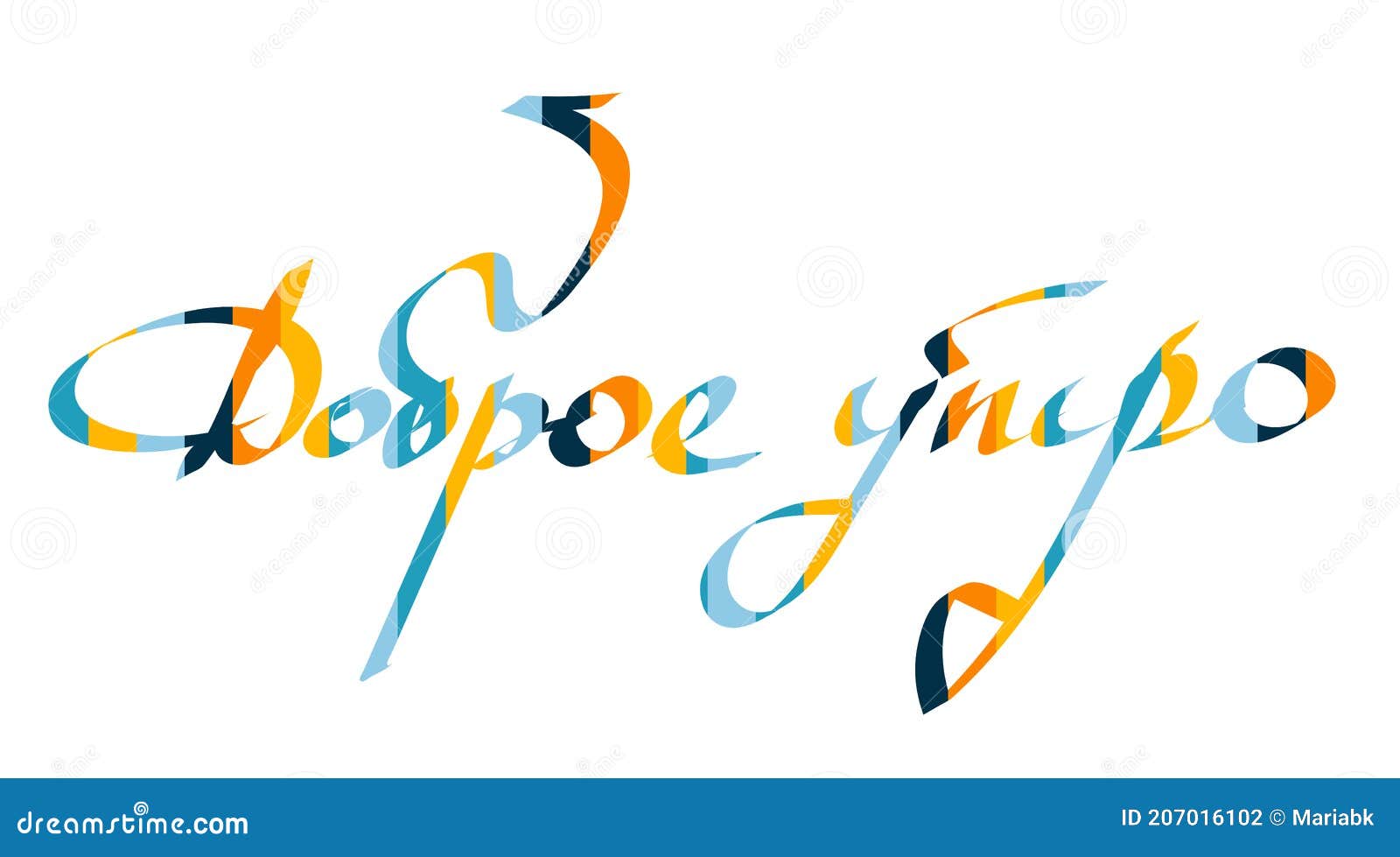Bonjour Russe: A Gateway To Russian Greetings And Culture
Welcome to the world of Russian greetings! If you're diving into the fascinating realm of the Russian language, "bonjour russe" might sound a bit out of place. But don’t worry, we’re here to guide you through this linguistic adventure. Whether you're a beginner or an advanced learner, understanding how to say hello in Russian is essential for anyone looking to connect with Russian speakers. Let's explore the magic of Russian greetings and uncover their cultural significance.
Russian greetings are more than just words; they’re a reflection of the rich traditions and customs that define Russian society. From casual hellos to formal salutations, every greeting tells a story about the warmth and hospitality of Russian culture. So, if you've ever wondered how to say "bonjour" in Russian, you're in the right place. We’ll break it down for you step by step.
Learning a new language can seem daunting, but starting with greetings is a fantastic way to build your confidence. Not only will you impress Russian speakers with your knowledge, but you'll also gain a deeper appreciation for their way of life. So, buckle up and get ready to master the art of Russian greetings!
Understanding the Basics of Russian Greetings
Before we dive into the specifics, let's take a moment to understand why greetings are so important in Russian culture. Russians value politeness and respect, and their greetings reflect these values. Whether you're meeting someone for the first time or greeting a close friend, the way you say hello matters. Here are some key points to keep in mind:
- Russian greetings vary depending on the time of day and the formality of the situation.
- Using the right greeting can make a huge difference in how you're perceived.
- Learning the nuances of Russian greetings will help you build stronger relationships with native speakers.
Common Russian Greetings You Should Know
Now that we've covered the basics, let's look at some of the most common Russian greetings. These are the phrases you'll use every day, whether you're chatting with friends or meeting new people:
- Privet (Привет) – Hello (informal)
- Zdravstvuyte (Здравствуйте) – Hello (formal)
- Dobroye utro (Доброе утро) – Good morning
- Dobryy den’ (Добрый день) – Good afternoon
- Dobryy vecher (Добрый вечер) – Good evening
Each of these greetings has its own context and usage, so it's important to learn when and where to use them. For example, "privet" is perfect for casual conversations with friends, while "zdravstvuyte" is more appropriate in formal settings or when meeting someone for the first time.
The Cultural Significance of Russian Greetings
Russian greetings aren't just about exchanging pleasantries; they're deeply rooted in the country's cultural heritage. In Russia, greetings are a way to show respect, build trust, and create connections. Understanding this cultural context can enhance your language learning experience and help you navigate social situations with ease.
Why Saying Hello Matters in Russian Culture
In many cultures, greetings are often brief and to the point. But in Russia, saying hello is an art form. It's not just about uttering a few words; it's about creating a warm and inviting atmosphere. Here are a few reasons why greetings are so important in Russian culture:
- They set the tone for the interaction.
- They demonstrate politeness and respect.
- They pave the way for meaningful conversations.
When you greet someone in Russian, you're not just saying hello; you're opening a door to a world of possibilities. So, take the time to learn these greetings and use them with confidence.
Tips for Mastering Russian Greetings
Learning Russian greetings doesn't have to be difficult. With a little practice and some helpful tips, you'll be saying "privet" like a pro in no time. Here are some strategies to help you master Russian greetings:
1. Practice Pronunciation
Pronunciation is key when learning any new language. Russian has some unique sounds that might be unfamiliar to English speakers, so it's important to practice regularly. Try listening to native speakers and repeating their words to improve your pronunciation.
2. Learn the Context
Knowing when to use each greeting is just as important as knowing how to say it. Pay attention to the time of day, the formality of the situation, and the relationship between you and the person you're greeting.
3. Use Flashcards
Flashcards are a great tool for memorizing new vocabulary. Write each greeting on one side of the card and its English translation on the other. Practice regularly until you can recall each greeting effortlessly.
Exploring the History of Russian Greetings
To truly understand Russian greetings, it helps to know a bit about their history. The Russian language has evolved over centuries, and its greetings have changed along with it. From ancient Slavic traditions to modern-day usage, Russian greetings have a rich and fascinating backstory.
How Russian Greetings Have Evolved Over Time
In the early days of the Russian language, greetings were often tied to religious beliefs and customs. Over time, they became more secular and formalized. Today, Russian greetings reflect a blend of tradition and modernity, making them both timeless and relevant.
For example, the greeting "zdravstvuyte" comes from the Old Slavic word "zdravstvo," which means "health." This reflects the importance of well-being in Russian culture and highlights the enduring legacy of ancient traditions.
Common Mistakes to Avoid When Using Russian Greetings
Even the best learners make mistakes, and that's okay! However, being aware of common pitfalls can help you avoid embarrassing situations. Here are a few mistakes to watch out for when using Russian greetings:
- Using informal greetings in formal settings.
- Mispronouncing words or using incorrect grammar.
- Ignoring cultural nuances and context.
By keeping these tips in mind, you'll be able to greet Russian speakers with confidence and respect. Remember, practice makes perfect, so don't be afraid to make mistakes as you learn.
Resources for Learning Russian Greetings
If you're serious about mastering Russian greetings, there are plenty of resources available to help you along the way. From online courses to mobile apps, there's something for everyone. Here are a few recommendations:
- Duolingo – A popular language learning app that offers free lessons in Russian.
- RussianPod101 – A comprehensive platform with audio and video lessons for learners of all levels.
- Italki – A platform where you can connect with native Russian speakers for one-on-one tutoring.
These resources can provide valuable support as you work to improve your Russian greeting skills. So, take advantage of them and accelerate your learning journey!
Connecting with Russian Speakers
One of the best ways to practice your Russian greetings is by interacting with native speakers. Whether you're traveling to Russia or connecting with Russian speakers online, there are plenty of opportunities to put your skills to the test. Here are a few ideas:
1. Join Language Exchange Groups
Language exchange groups are a great way to meet Russian speakers and practice your greetings in a supportive environment. Many cities have local groups, and there are also plenty of online communities to explore.
2. Attend Cultural Events
Russian cultural events, such as festivals or film screenings, are excellent opportunities to engage with Russian speakers and immerse yourself in the language. Keep an eye out for events in your area or join virtual events online.
3. Use Social Media
Social media platforms like Instagram, Twitter, and TikTok are filled with Russian speakers eager to connect with language learners. Follow Russian influencers or join language learning groups to expand your network.
Conclusion
Learning Russian greetings is an exciting and rewarding journey that opens the door to a rich cultural world. From mastering the basics to understanding the cultural significance of each greeting, every step brings you closer to fluency. So, whether you're saying "privet" to a friend or "zdravstvuyte" to a colleague, remember that greetings are more than just words—they're a way to connect with others and build meaningful relationships.
Now that you've learned the ins and outs of Russian greetings, it's time to put your knowledge into practice. Don't be afraid to make mistakes and keep pushing yourself to improve. And most importantly, have fun! The more you enjoy the learning process, the more successful you'll be.
So, what are you waiting for? Dive into the world of Russian greetings and start building your connections today. Share this article with your friends, leave a comment below, and let us know how your journey is going. Together, we can create a global community of language learners who celebrate the beauty of communication!
Table of Contents
- Understanding the Basics of Russian Greetings
- Common Russian Greetings You Should Know
- The Cultural Significance of Russian Greetings
- Tips for Mastering Russian Greetings
- Exploring the History of Russian Greetings
- Common Mistakes to Avoid When Using Russian Greetings
- Resources for Learning Russian Greetings
- Connecting with Russian Speakers

Bonjour Russe Affiche Vecteur Russe Du Matin Vecteur Premium

Comment dire bonjour en russe, et autres salutations de base

Bonjour Textes En Russe Dans Le Vecteur Illustration de Vecteur